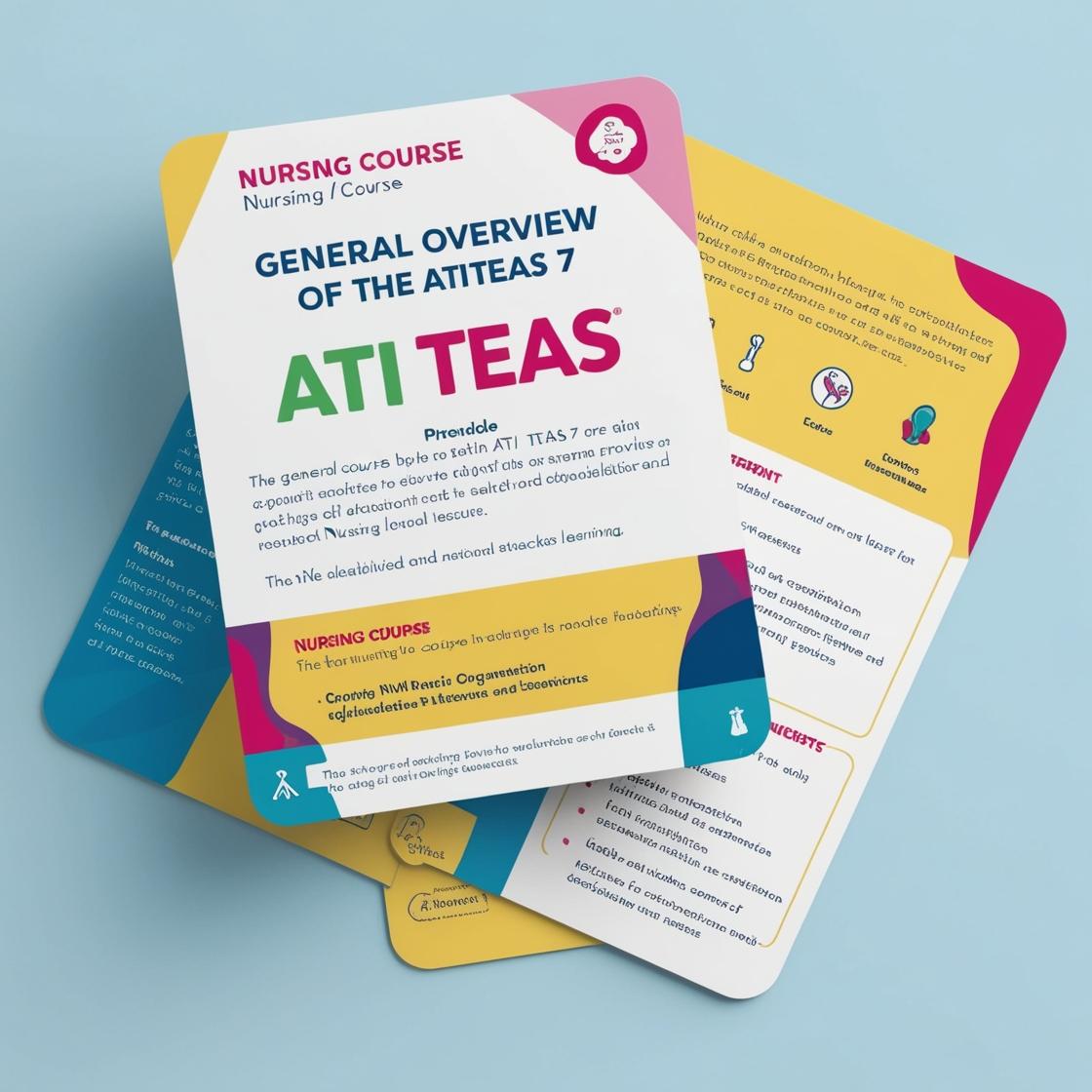ATI TEAS 7
ATI TEAS Math Practice Test
1. Simplify the following expression: (3)(-4) + (3)(4) - 1
- A. -1
- B. 1
- C. 23
- D. 24
Correct answer: A
Rationale: To solve the expression, first calculate the multiplication: (3)(-4) = -12 and (3)(4) = 12. Then, substitute the results back into the expression: (-12) + 12 - 1 = -1. Therefore, the correct answer is A. Choices B, C, and D are incorrect as they do not result from the correct calculations of the given expression.
2. Simplify the following expression: 13 - 3/22 - 11
- A. 19/22
- B. 7/22
- C. 10/11
- D. 5/11
Correct answer: B
Rationale: To simplify the expression, first find a common denominator for the fractions. 3/22 can be rewritten as 6/22. Now, the expression becomes 13/22 - 6/22 - 11. Subtracting 6/22 from 13/22 gives 7/22. Therefore, the correct answer is 7/22. Choice A, 19/22, is incorrect as the subtraction was not done properly. Choices C and D are incorrect as they are not part of the expression being simplified.
3. Simplify the following expression: (1/4) × (3/5) ÷ 1 (1/8)
- A. 8/15
- B. 27/160
- C. 2/15
- D. 27/40
Correct answer: C
Rationale: First, convert the mixed number 1 (1/8) into an improper fraction: 1 (1/8) = 9/8. Now, simplify the expression: (1/4) × (3/5) ÷ (9/8). To divide by a fraction, multiply by its reciprocal: (1/4) × (3/5) × (8/9) = 24/180 = 2/15. Thus, the simplified expression is 2/15. Choice A (8/15) is incorrect because the correct answer is 2/15. Choice B (27/160) is incorrect as it is not the result of the given expression. Choice D (27/40) is incorrect as it does not match the simplified expression obtained.
4. Simplify the following expression: 3 (1/6) - 1 (5/6)
- A. 2 (1/3)
- B. 1 (1/3)
- C. 2 (1/9)
- D. 5/6
Correct answer: B
Rationale: To simplify: First, subtract the whole numbers: 3 - 1 = 2. Then, subtract the fractions: (1/6) - (5/6) = - (4/6) = - (2/3). Now, subtract (2 - 2/3) = 1 (1/3).
5. If Stella's current weight is 56 kilograms, which of the following is her approximate weight in pounds? (Note: 1 kilogram is approximately equal to 2.2 pounds.)
- A. 123 pounds
- B. 110 pounds
- C. 156 pounds
- D. 137 pounds
Correct answer: A
Rationale: To convert Stella's weight from kilograms to pounds, you multiply her weight in kilograms (56) by the conversion factor (2.2): 56 × 2.2 = 123.2 pounds. Since we need to find the approximate weight in pounds, the closest option is 123 pounds, making choice A the correct answer. Choices B, C, and D are incorrect because they do not reflect the accurate conversion of Stella's weight from kilograms to pounds.
Similar Questions

Access More Features
ATI TEAS Premium Plus
$150/ 90 days
- Actual ATI TEAS 7 Questions
- 3,000 questions with answers
- 90 days access
ATI TEAS Basic
$99/ 30 days
- 3,000 Questions with answers
- 30 days access
